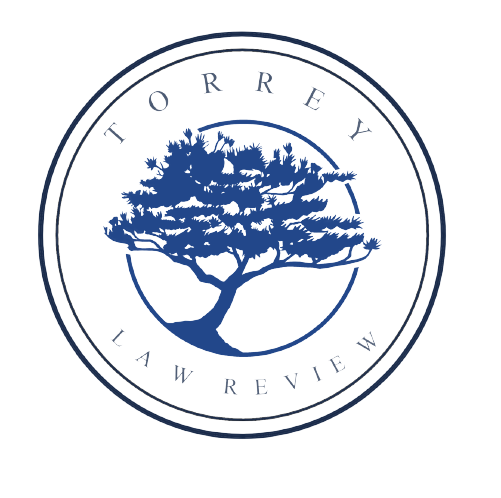What is a case note?
A case note is a summary and analysis of the facts and holding of a particular case as well as an argument on the significance/implications of this case.
Where to start?
You need to start by picking a case:
Find an area of the law that interests you. Head to oyez.org. This link will take you to the find cases section. You should then filter your cases by issues. Oyez will provide a long list of issues that you can choose from. Once you find an issue that interests you, select it. Oyez will give you a comprehensive list of cases that address this issue. Pick a case (preferably recent). If you need help picking a case, ask.
Research Material
Once you find the case you will research, it is time to find the case syllabus and court opinion. There are two ways you can do this. You can go to Justia and find it there. You can also email us and we will forward the research material to you.
Writing your case note:
Once you have completed your research, you are ready to write a case note. Case notes for the Torrey Law Review should be between 500-1000 words. Keep it concise, while at the same time analyzing the complexities of a given case. Case notes should include the following sections:
Introduction:
Introduce the area of the law you will talk about and very basic facts about the case (1 Paragraph)
The Facts:
Provide a rundown of the facts of the case. What happened that made the plaintiff want to sue? This is generally covered in the first half of part I of the court opinion.
Legal Background:
Explain how the case made it to the Supreme Court. What court did the case originate in? Who won? What arguments were the parties making? What court was the case appealed to? Who won?
Holding:
What did the court decide? What argument did it make in its opinion? Was there a dissent? If so, what argument did the dissent make? What statutes and previous cases did the court rely upon to reach the decision? Provide a little relevant background about these cases. Both dissent questions are optional.
Legal Analysis:
The meat of your paper. Do you agree or disagree with the court’s decision and interpretation of the law? Why? How does the case fit into the matrix of already existing law, and how might affect future decisions? (choosing a recent case will make answering this question an easier task) Substantiating your position with information within this case is sufficient, but citing outside cases and legal scholarships are also welcomed and encouraged.
There is no conclusion. Your case note ends with the analysis, but you may add a concluding thought at the end of your analysis to bring all the main ideas of the paper together if you see it appropriate.
Citation Formatting:
If you could, make an attempt to use Bluebook citations. All citation formatting will be addressed by the student editing board, so don’t worry about it.
Head to The Torrey Law Review for an example
